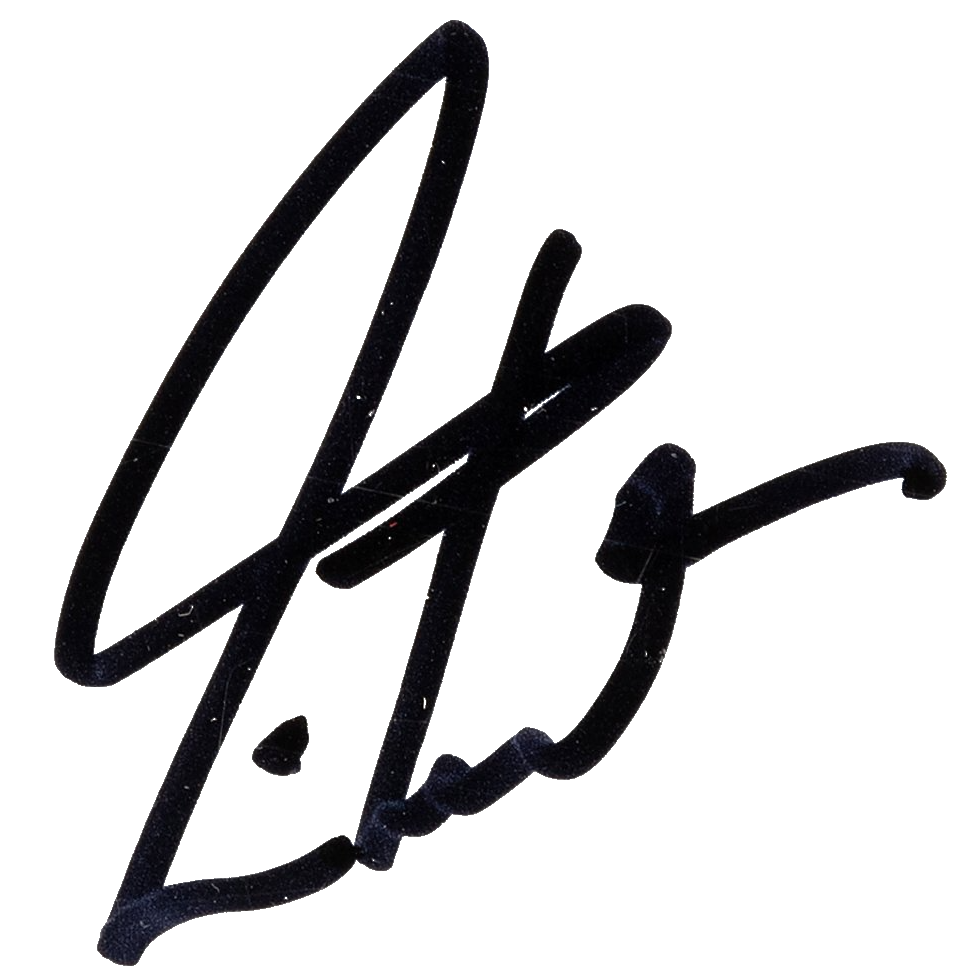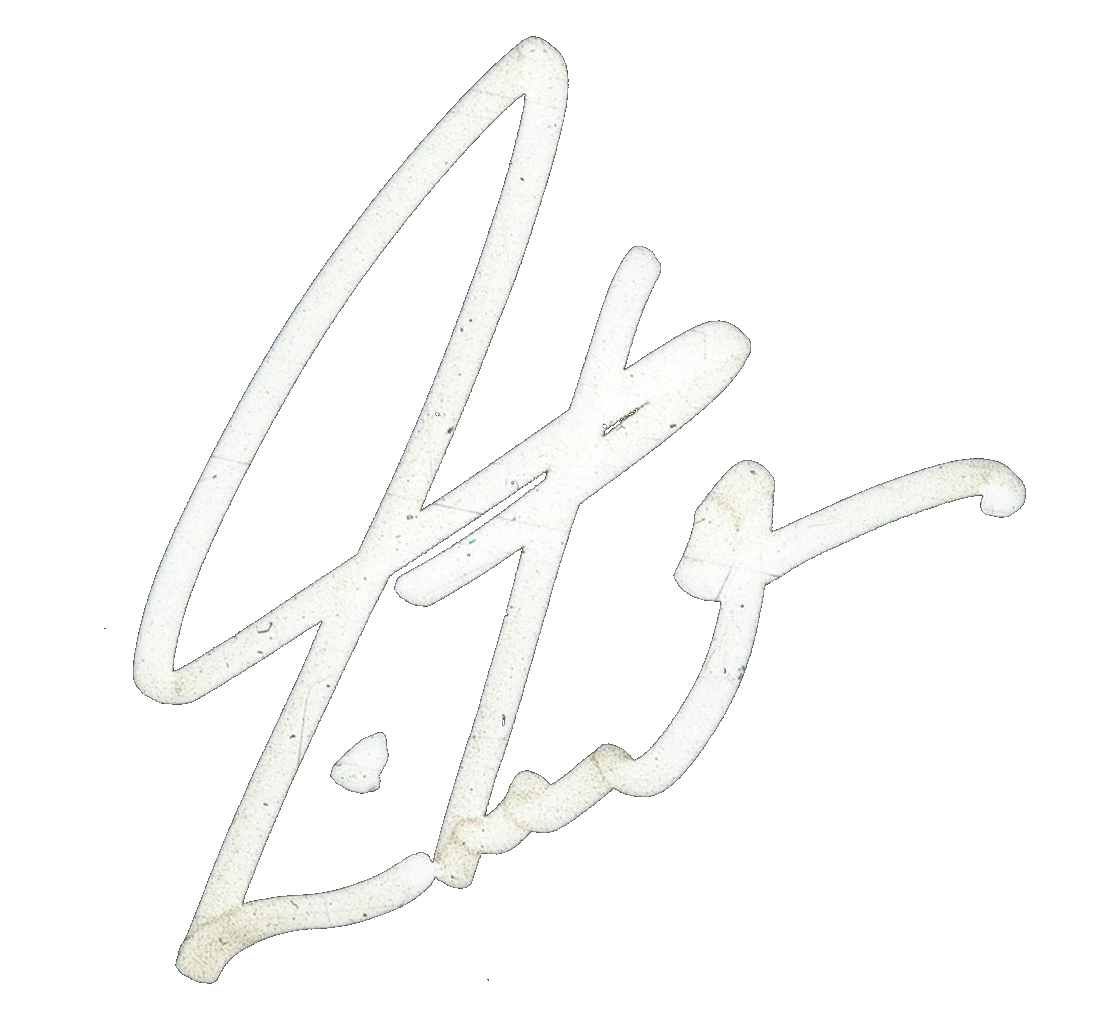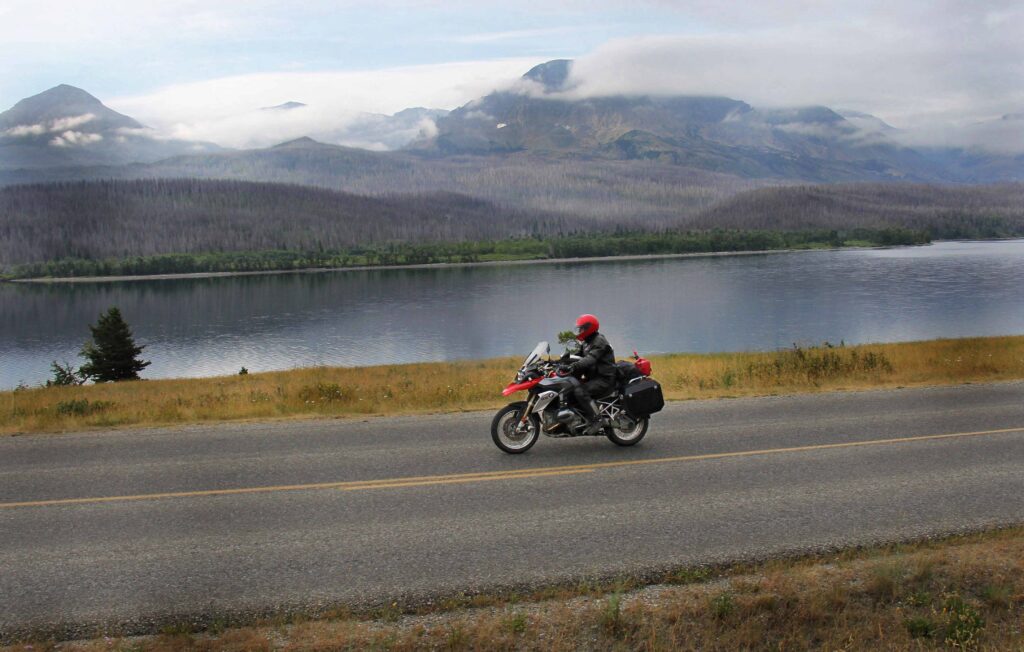
Photo by Michael Mosbach
If magic can be prepared for, so too can its opposite—at least to some degree. The red containers of gasoline on the back of my and Chris’s bikes came in handy that day, in the wide-open country of Montana. We crossed Glacier on the famous Going-to-the-Sun Highway, one of a very few roads in all North America (and the world) that were built just to carry people to scenery. The Columbia Gorge Parkway in Oregon, Pikes Peak and Mount Evans in Colorado, the Blue Ridge Parkway in the Appalachians, the Natchez Trace in the Mid-South, and the Mount Washington Auto Road in New Hampshire are a few other examples. Nearly all roads follow a simple formula I came up with years ago, wondering about a remote road in Idaho that ended at a mountaintop. In that case, there had once been a mine at that summit, and it suggested a relation that proves generally true, “Every road has money at one end, and a bank at the other.” (Come to think of it, most of those “scenic” roads have tolls—so there’s still money at one end and a bank at the other.) Road numbers in rural parts of Texas are prefaced with “FM,” for “Farm to Market”—a plain example of that principle.
(Ah—but which is the “bank,” the farm or the market?)
From Glacier down to Yellowstone was another long, two-lane day—440 miles, much of it across a prairie landscape, and even a decent stretch of gravel. The Canadian side of Glacier National Park, in Alberta, is called Waterton Lakes National Park (together forming an “International Peace Park”). Waterton’s slogan is, “Where the Mountains Meet the Prairie,” and the same was true heading south through Montana to Wyoming. Rugged gray mountains on one side, brown-grass prairie on the other—the skies, alas, still hazy from “our” forest fire. They were blue above, but white and fuzzy around the horizon.
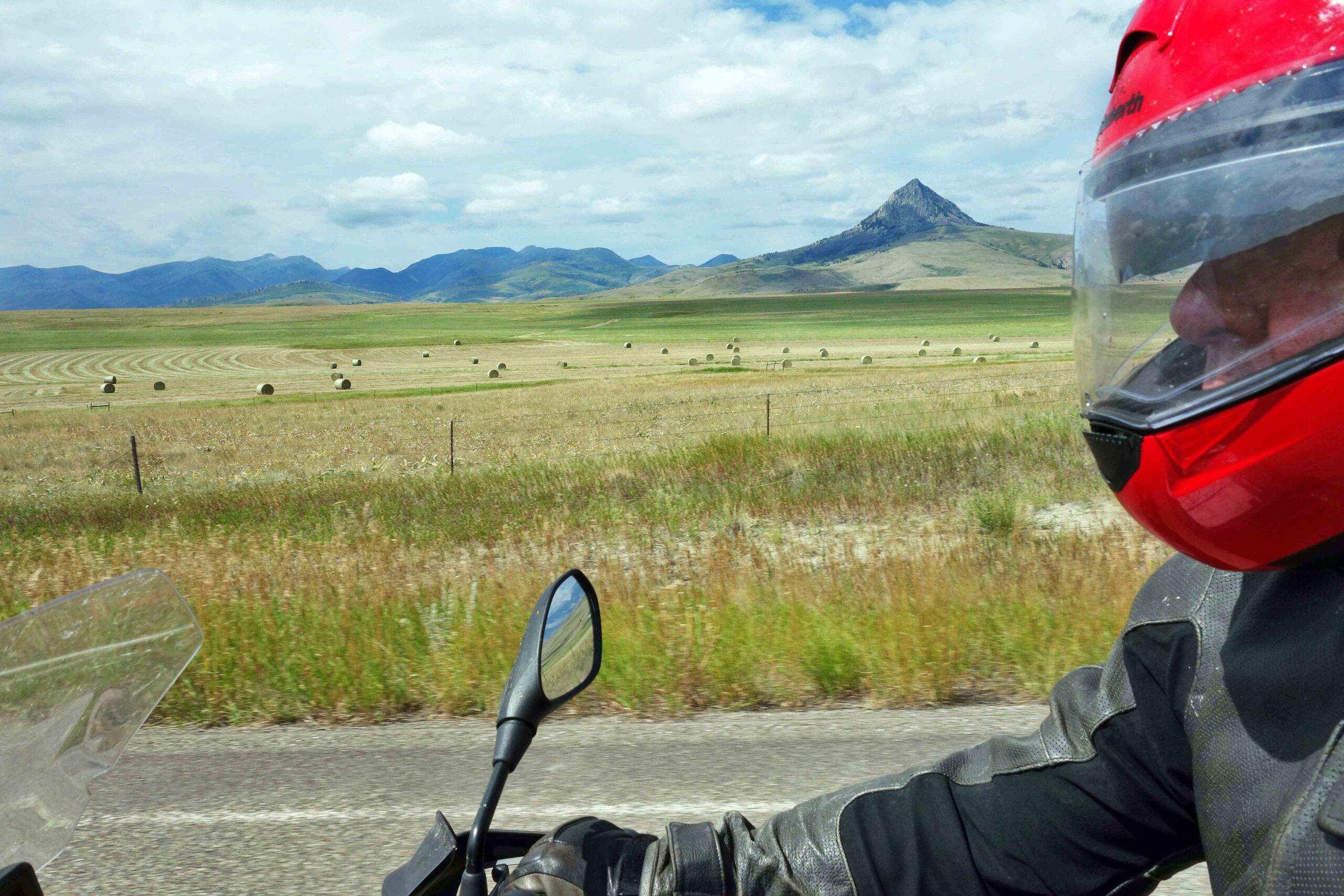
At a gas stop, Michael was excited to tell us how he had seen bears crossing the road, a mother with two cubs, and in the park we had all seen moose, bighorn sheep, and deer. Always nice to see big animals, but that day, the wildest part was going to be the weather.
Late in the day, as we neared our destination of Gardiner, Montana, dark mountains rose up to blockade the southern horizon, and looming above the peaks were even darker curtains of rain. For the last hour or so, we would surrender to a slower “rain pace” down the valley to Gardiner, just on the edge of Yellowstone National Park. Like the previous night, it was a carefully planned destination, and proved to be a great one—a tour favorite. Our cozy little cabins were a short walk from the small town’s selection of restaurants, which is a rare and much-appreciated treat in such mountain towns, like Gunnison, Colorado (which we would also revisit in days to come), Littleton, New Hampshire, or Logan, Utah.

Photo by Michael Mosbach
The following day would be the longest distance I think I have ever tried to cover on a show-day—440 miles. Thinking of the adage, “He travels fastest who travels alone,” I suggested to Michael that I head out on my own, early, with him and Chris behind me in case of any trouble. They could linger over the tourist attractions, like Old Faithful, that I had seen before, but would cost me too much time on this journey. I told them, “You’ve probably known about Old Faithful since you were about eight—and when will you get another chance?”
And anyway—I enjoy riding alone (though the end of the ride is more fun with others). Maybe by that point in the tour, I pined just to be alone for a while.
But Michael wasn’t having that, especially on a show day. We agreed to get up at six and start riding, and see about breakfast later. However, when I met Chris in the twilit parking area, Michael had already set out, riding straight for Salt Lake City. That didn’t make sense to me, but I presumed he had his “reasons.”
In any case, I soon forgot about that, because as soon as I started rolling, the tire-pressure warning light flashed yellow, then red, showing that my rear tire was dangerously low. “Not again!,” I thought, after going through the same thing in Nova Scotia a few weeks ago. Punctured tires just aren’t that common these days. I waved to Chris and pointed to the gas station across the street, where we filled the tire and our tanks. Many times in the past I had been able to limp through a day with a slow leak, sometimes—like in Mexico—having to carry on like that for a couple of days until I could get the tire replaced. (Screws, for example, hold pretty well—big nails, not so much.) Plugging is possible, and I carried the kit for it, but it’s sometimes troublesome, and not always effective. I would save that option, if it became unavoidable.
I kept to the intended route, riding south through Yellowstone’s dense pinewoods, on a chilly morning (just above freezing) and often foggy. The pace was slow anyway, as we always had to be ready for unexpected obstacles on the road—like large animals. Unlike my previous visit (see “A Little Yellow Cabin on Yellowstone Lake” in Far and Away), we did not see any bison, but occasionally I could smell their funky pungence. (Think “sweaty horse” times ten.) We arrived at Old Faithful (not that “faithful” these days—an eruption can only be predicted by the time and intensity of the previous one), too early for the Visitor Center to be open, so no passport stamp—I had to get one at the ranger station on the way out of the park.
We carried on south past Grand Teton National Park, my rear tire still holding its air pretty well. In Jackson, Wyoming—one of those gold-plated Western towns like Sun Valley, Idaho, or Aspen, Colorado, where the streets are lined with Swarovski crystals—I filled up with air one more time.

We had made it almost 300 miles when the road started to descend, and the temperature rose into the nineties. The heat seemed to accelerate the leak, and in the vast, treeless Great Basin country of sage and juniper shrubs, with just a solitary cow here and there (the kind of rangeland that needs an average of forty acres to feed one cow), gas stations were long distances apart. The day’s tension kept mounting, and I hoped the tire wasn’t about to fail utterly—where I would have to commandeer Geezer VI from Chris, and leave him in the scorched sage to await a flatbed. The GPS listings showed a Sinclair gas station in nearby Randolph, Utah, and we headed for it. This was it—we would have to try to plug the tire, and hope to carry on.
At least the big shiny nail wasn’t hard to find, embedded in the black treads. Unlike the thin one I had saved from Nova Scotia, this Montana specimen was a monster—about four inches long, and an eighth thick. When I grasped its crushed head with the Leatherman pliers and pulled it out, the remaining air escaped in one quick sigh. It was a big hole. Chris and I wrestled the plug in, but when we put a quarter in the air compressor (really?), it wouldn’t hold air.
Chris said, “You want to try another plug?”
I shook my head, “No—I’m afraid we’re done.” I had faced this situation before, and knew two plugs were not going to help.
Chris, “a good man in a storm,” understood what had to happen. While I shifted my belongings to Geezer VI, he was on the phone to Michael, who was already waiting for us at the BMW dealer in Salt Lake City. They would send out a truck and trailer to pick up Geezer VII—and Chris. I gave him a hug and said, “I’m sorry.”
He said, “Hey—we know about ‘nails in the road.’”
Well said! Yes we did, literally and metaphorically.
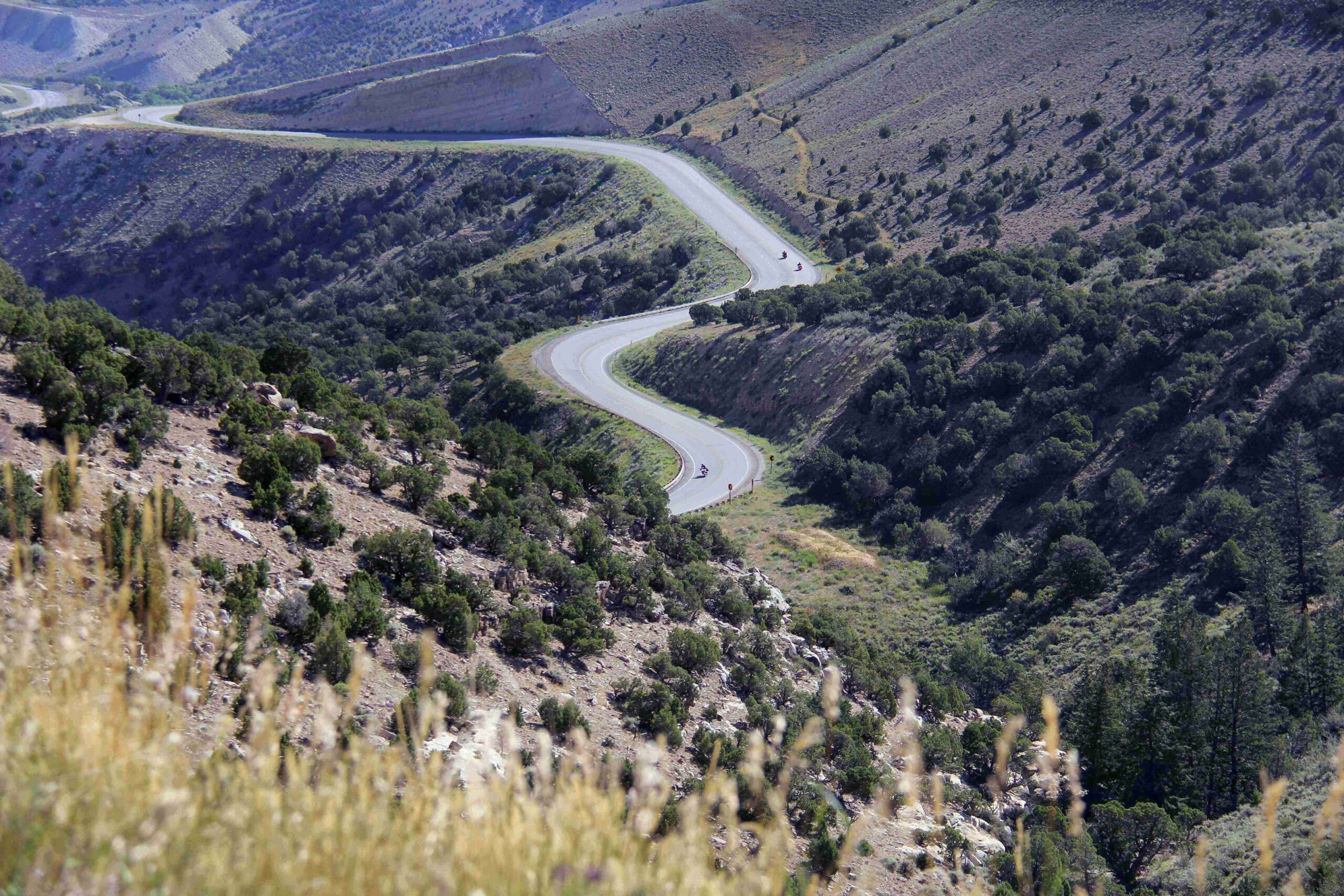
Photo by Michael Mosbach
Leaving Gardiner to ride through Yellowstone that morning, I was hoping to stop for breakfast somewhere later. As things progressed, so to speak, it was almost ten hours later before I sat in the front lounge of the bus, still in most of my riding gear, and devoured a delicious omelette, courtesy of band chef, Frenchie.
For a show day, it had truly been “the longest day.” As for Chris, after his long day, with plenty of waiting around, he arrived with my repaired bike around show-time, then flew home that night. The Salt Lake City BMW dealer came through big-time, working late to replace my rear tire—which was a good thing, because we would have another guest rider for the next couple of days, John Wesley—“Wes”—guitarist and vocalist with Porcupine Tree, and on his own solo work.
Truth to tell, I was really about ready for a rest from riding—from everything—but there was only one more “big” ride, and I couldn’t imagine missing it. With a day off between Salt Lake City and Denver, and those landscapes and roads—the most excellent thing I could do that day was not sleep on the bus and hang out in a hotel room.
From a truck stop in Green River, Wyoming (what—no Château Walmart?), Wes, Michael, and I set off south through the Flaming Gorge country—named for the late-afternoon sun reddening the cliffs, by another John Wesley, Powell, a one-armed Civil War veteran who explored much of the Southwest. Powell and his party were good place-namers, too. Making the first known descent of the Colorado River in 1869, through the Grand Canyon, they named one waterway Dirty Devil Creek, after a companion with dubious hygiene. Farther along, to atone for their possible blasphemy, they called another creek the Bright Angel. (Still the name of a lodge on the South Rim.)
Down through a corner of Utah, we crossed into Colorado, occasionally slowed by rain and wet pavement. Late in the day we found ourselves on a truly wonderful road, Colorado 92, high, winding, and lightly traveled, traversing the interior flank of Black Canyon of the Gunnison National Park.

Photo by Michael Mosbach
Later, we dodged or endured occasional rain showers down and around to the town of Gunnison. From a stay there with Brian Catterson five years previously, I remembered a charming motel, the Swiss Inn. That day Michael had tried to call it a few times, but the phone just rang. When we got there, the business was obviously shut down. Tell-tale weeds were creeping up through the asphalt (a sure sign of neglect), so it hadn’t been open all that summer, at least. Yet after we settled across the highway at the Western Motel, we looked over at the tall sign reading Swiss Inn. It was still lighted, even to the bright red neon of the “No Vacancy” sign below, and small white lights outside each door welcomed . . . nobody.
I could only guess it had been a sudden and unresolved closing—like if the owner had died (the previous time a gray-haired old lady checked us in), and no one had got around to shutting things down yet.
It was the second time this tour we had observed that . . . motel entropy. (Title!) Whenever I am riding from the Eastern U.S. toward Toronto, I like to stop for the night in Cape Vincent, New York, on the south bank of the St. Lawrence River. In the morning, we take a little ferry across to Wolfe Island, Ontario (with the world’s smallest border-crossing facility), around it to a larger ferry over to Kingston, then ride on into work. Over several years, I stayed twice at the Buccaneer Inn, a small motel in Cape Vincent run by an elderly couple—but the second time I noticed the man had suffered a stroke. He was doddering around and trying to be helpful, while his wife followed, taking care of everything—letting him pretend to help. Sadder yet was the next visit, seeing the place dark and empty.
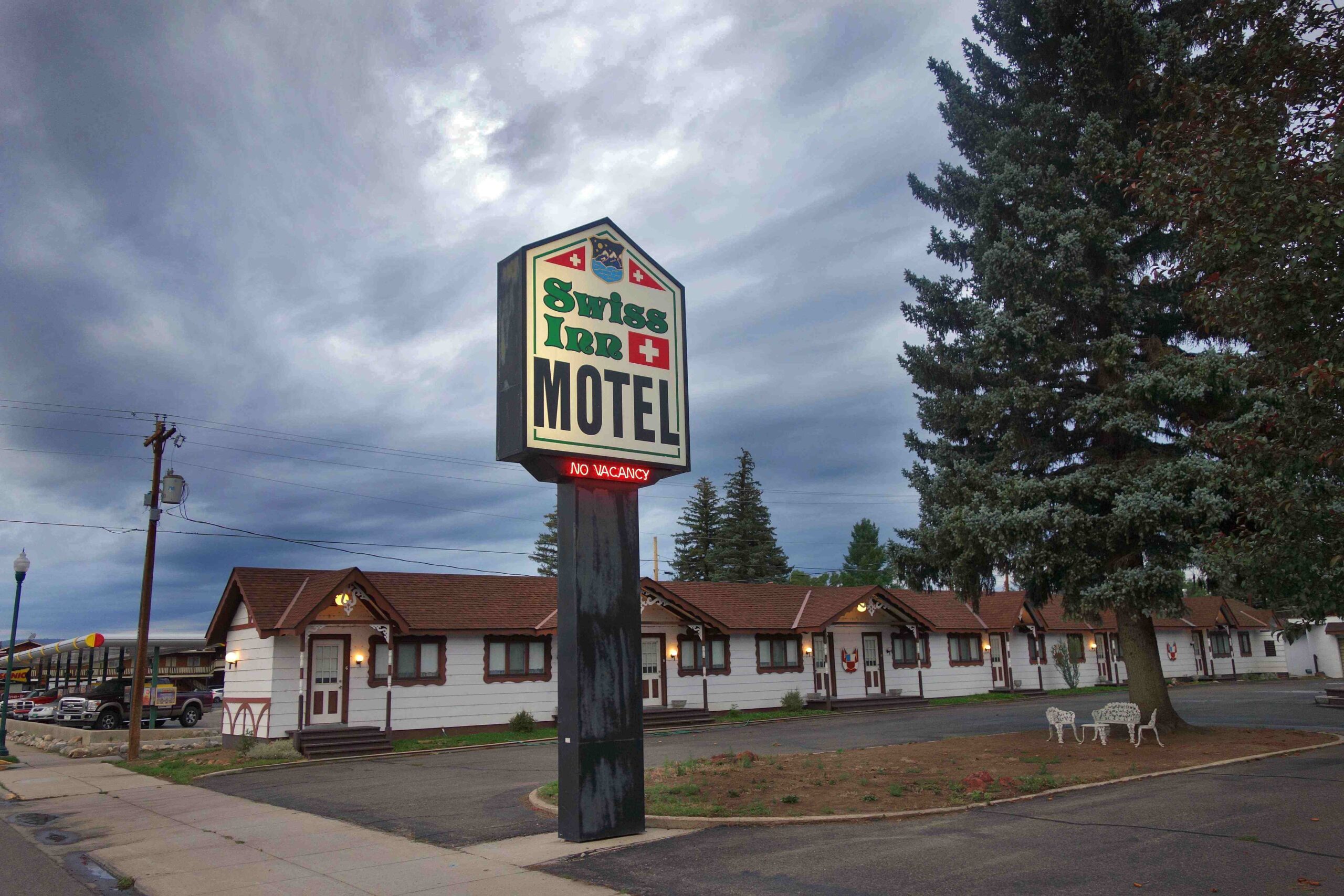
Clearly the Swiss Inn had been somebody’s dream—conceived and nurtured with love. But maybe it’s not over—maybe the “right person” will come along and keep that dream alive a little longer. Anything can happen. (I was tempted to put in an offer myself—and make Michael stay there and run it . . . )
The next early morning (quite a series now) carried us over Monarch Pass, at 11,312 feet—where Brian Catterson and I had experienced a blizzard, almost exactly five years before (in July!), riding from the Swiss Inn to Denver. Following the same route, Michael, Wes, and I descended into the grassy basin known as South Park, and, as Brian and I had done, stopped for breakfast at a rustic café in Fairplay—one of the “models” for the enduringly brilliant animated series, “South Park.” (Perfect coincidence that my bandmates had dined with Matt Stone and his wife in Boulder the previous night.)
Then a short, easy run to the arena in Denver, where I started my show-day duties by changing the oil in both my motorcycles. My older Canadian bike, Geezer VI, would be going on the trailer for the last time, and eventually to my home in Quebec for winter storage—with clean oil. My American bike, Geezer VII, would be trucked back to California after the last show—and after one final easy ride across the backroads of Kansas. Nothing too daring or demanding, a simple valedictory speech—a parade lap.
A victory lap.
Which brings us back to the beginning—er, the end.
The final show in Kansas City.
See how I did that?
Because this way, it’s over.
But it’s never over . . .
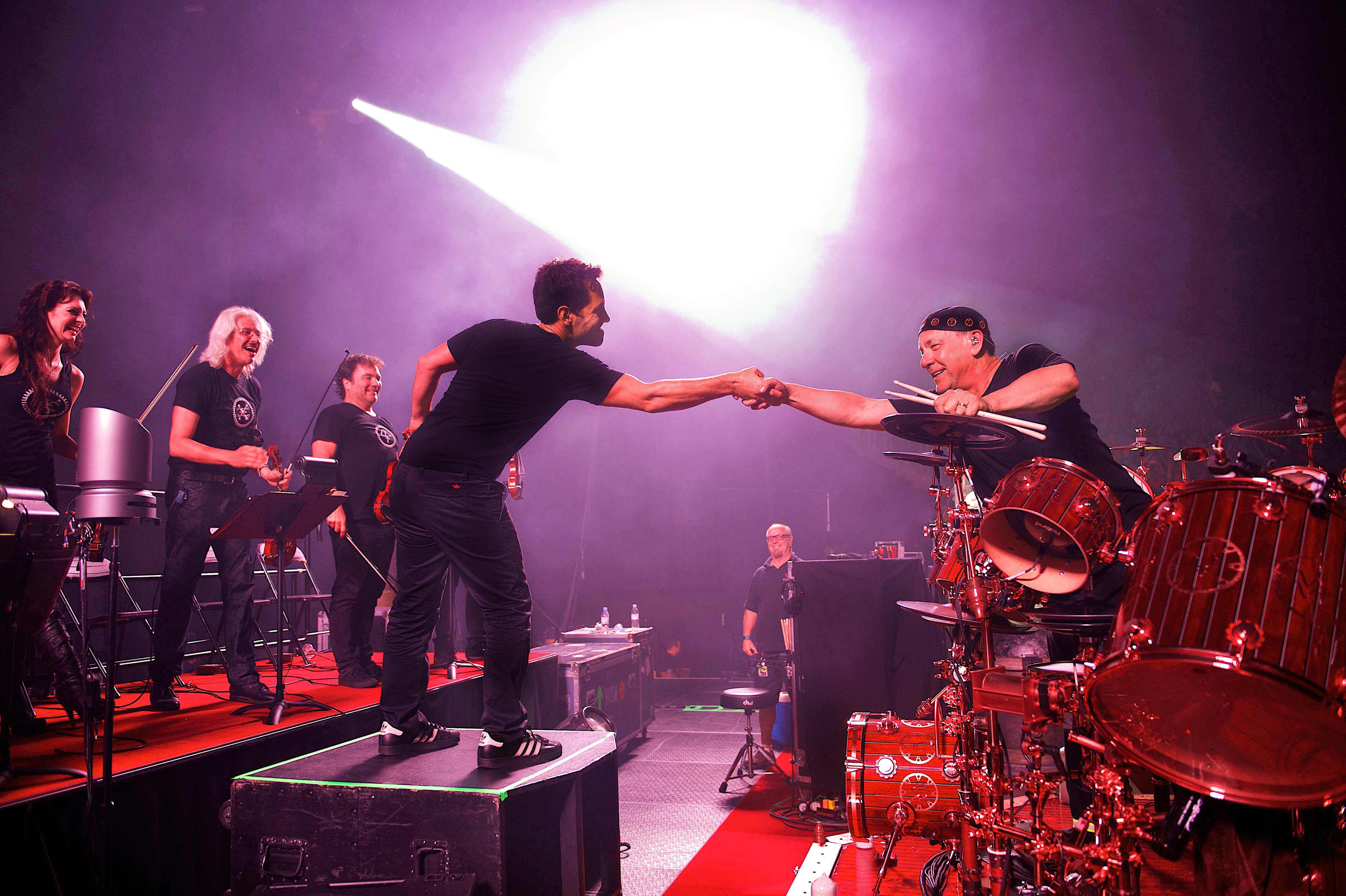
Photo by John Arrowsmith
